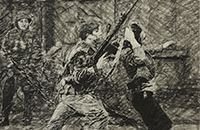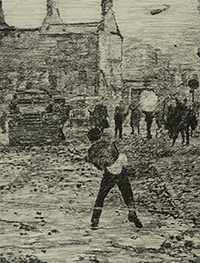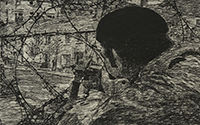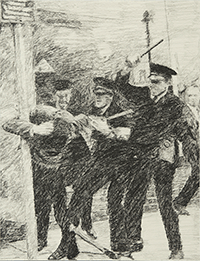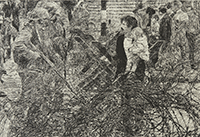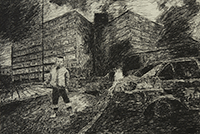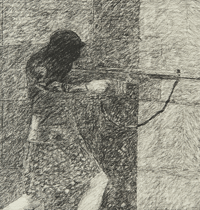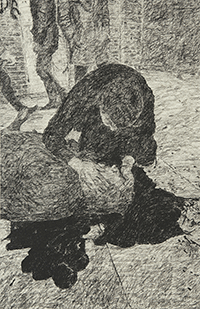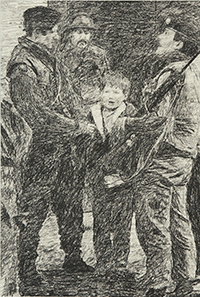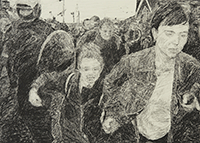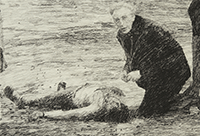Shepherd of the Falls
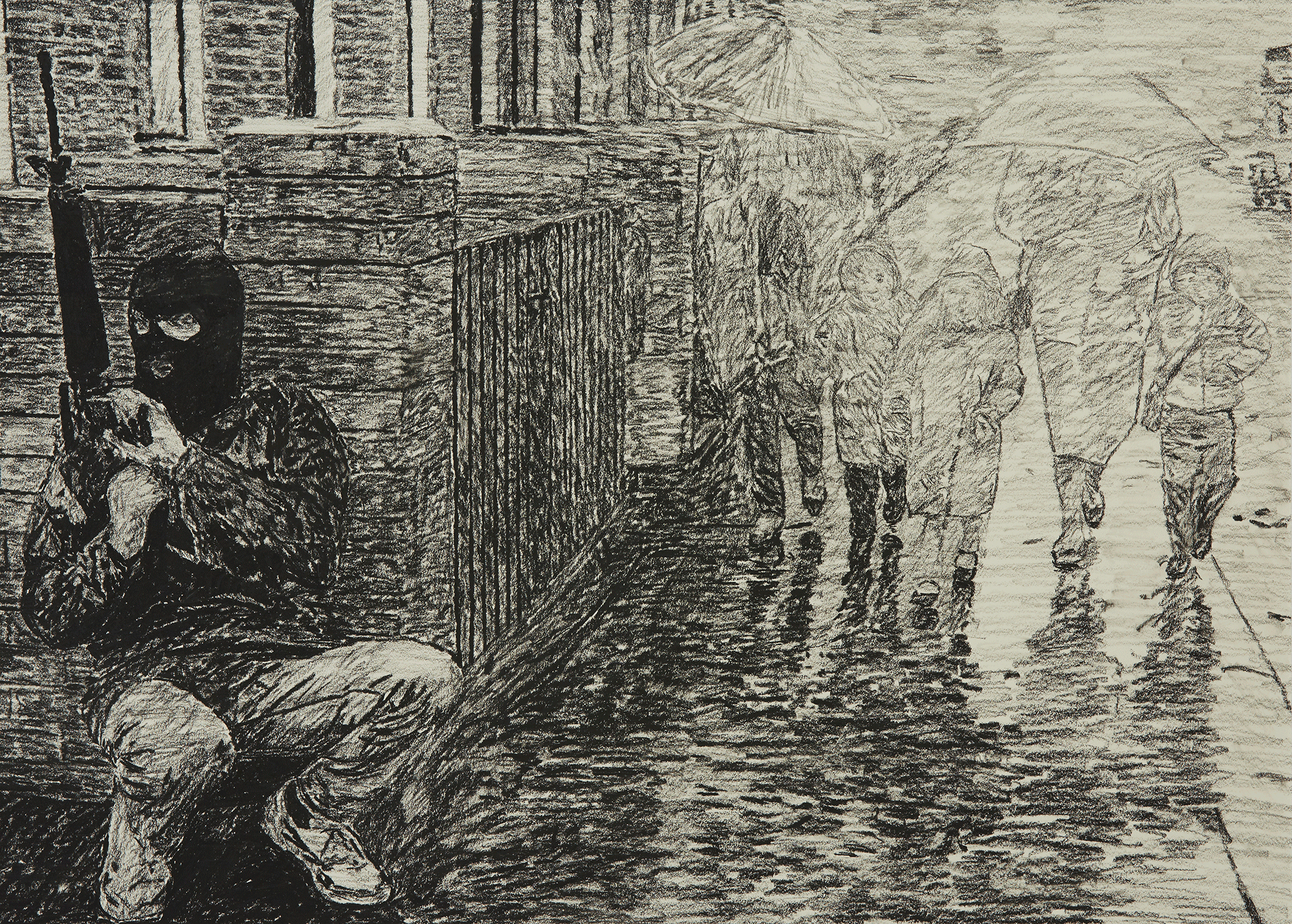
Shepherd of the Falls
IRA members conducted regular patrols through Nationalist neighbourhoods in Belfast and Derry, with the intent to protect their community from attacks by Loyalist paramilitaries, the RUC, and the British Army. The 1st Battalion, Parachute Regiment of the British Army killed eleven Nationalist civilians in the Ballymurphy Massacre in Belfast in August of 1971 and shot 28 unarmed civilians, killing thirteen, with a fourteenth victim dying from his wounds, during Bloody Sunday in January of 1972 in Derry. Fourteen people were killed by plastic anti-riot bullets by British security forces, half of those killed were children. All but one of those killed by plastic bullets were from a Nationalist background. The UDA alone was responsible for more than 400 deaths, most of which were Nationalist victims killed at random. The infamous “Shankill Butchers” were responsible for the kidnapping, beating, torture, and throat slashing of at least 23 random civilians in West Belfast who either were Catholics or only suspected to be Catholics.
Between all of the violence, civil rights abuses, inequalities in policing policies, curfews, and the internment policy, IRA membership increased substantially. Unionists and Loyalists also felt under threat and membership in Loyalist paramilitaries subsequently increased. Sectarian attitudes intensified as anxieties increased. Walls separated Republican and Loyalist communities in West Belfast. Murals in Unionist and Loyalist areas that traditionally served as memorials to the Battle of the Somme steadily began to serve as Loyalist paramilitary territorial markers and methods of intimidating members of the opposing community. Soon, Republicans began making their own murals. Between 1974 and 1976, Loyalist paramilitary groups killed more than 370 Nationalist civilians and Republican groups killed 88 Unionist civilians. Loyalists began bombing locations in the Republic of Ireland such as the Dublin and Monaghan bombs that killed 33 people in May of 1974. The violence during “The Troubles” reached its highest levels in 1972, but remained high throughout the 1970s.


